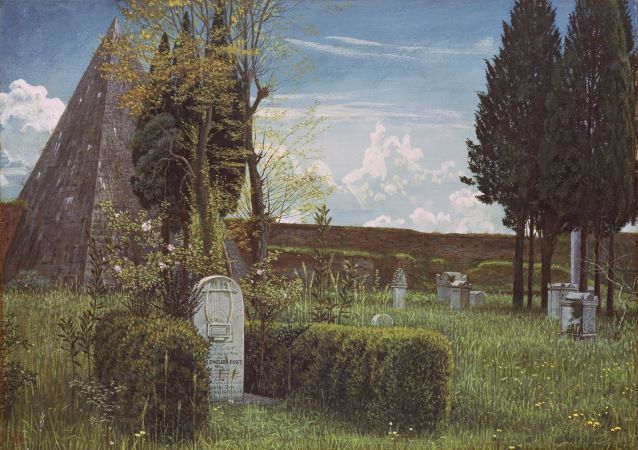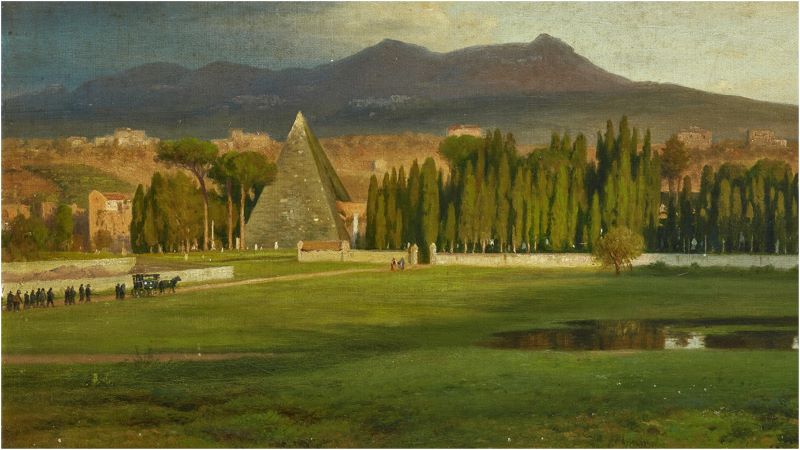In this episode of our ‘Writ in Water’ series, the Keats-Shelley Prize Podcast talks to Nicholas Stanley-Price about the 300-year history of the Protestant Cemetery in Rome. Fans of both John Keats and Percy Bysshe Shelley revere this as the place where both poets are buried, not far from their friends Joseph Severn and Edward Trelawny, and also Shelley’s 3-year-old son, William.

The history of the Cemetery is far longer and broader than that of these Romantic graves, which is why Nicholas is the perfect guide to steer us from its origins in Testaccio to its modern history in 21st century Rome, from Keats’ funeral to the vexed question of what to call the Protestant/Non-Catholic/Acattolico Cimitero/Cemetery. After a career which included high level posts at UNESCO, ICCROM (International Conservation Organization, Rome) and the Getty Conservation Institute in Los Angeles, Nicholas settled in Rome and joined the Cemetery’s Advisory Committee. He has also written two books about its 300-year history: The Non-Catholic Cemetery in Rome and a study about The Graves in Rome of Keats and Shelley.
We talked on the actual bicentenary of Keats’ funeral on 26th February 1821. Our conversation opens with Nicholas describing the service held at the Cemetery three days before to commemorate the 200th anniversary of his death.

Nicholas then offered a history of both Testaccio in general and the Cemetery in particular before focussing on John Keats himself. First, Nicholas narrated the events of Keats’ funeral, before tracing the 200 year history of his grave from early visits by Charles Dickens, George Eliot and Henry James through World War 2 to its current status as a place of global pilgrimage.

We concluded by outlining the challenges facing the Cemetery in 2021 - not just Covid, but conservation and the balancing act between tourism and its status as an active burial ground.
You can support the Non-Catholic Cemetery by becoming a Friend, or by buying Nicholas’s books only available via their website.
- Read about 2021’s Keats-Shelley Prize.
- Read about 2021’s Young Romantics Prize.
Subscribe: the Keats-Shelley Podcast or Follow on Spotify.
Follow KSMA on Twitter
Like us on Facebook
Follow us on Instagram
Subscribe to us on YouTube
This podcast was written and presented by James Kidd. The KS Podcast theme tune is ‘Androids Always Escape’ by Chris Zabriskie. Visit http://chriszabriskie.com/